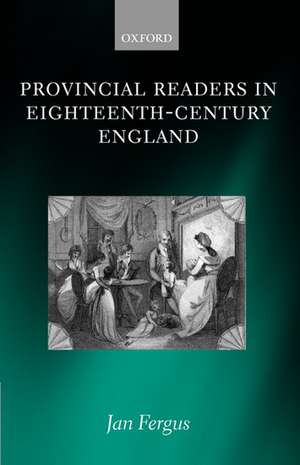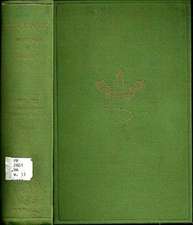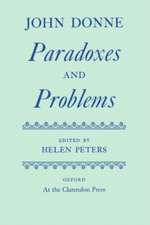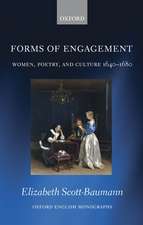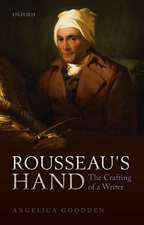Provincial Readers in Eighteenth-Century England
Autor Jan Fergusen Limba Engleză Hardback – 25 ian 2007
Preț: 876.09 lei
Preț vechi: 1330.80 lei
-34% Nou
Puncte Express: 1314
Preț estimativ în valută:
167.64€ • 175.03$ • 138.74£
167.64€ • 175.03$ • 138.74£
Carte tipărită la comandă
Livrare economică 24-31 martie
Preluare comenzi: 021 569.72.76
Specificații
ISBN-13: 9780199297825
ISBN-10: 0199297827
Pagini: 336
Ilustrații: 1 map, 1 line drawing, numerus tables
Dimensiuni: 160 x 240 x 20 mm
Greutate: 0.52 kg
Editura: OUP OXFORD
Colecția OUP Oxford
Locul publicării:Oxford, United Kingdom
ISBN-10: 0199297827
Pagini: 336
Ilustrații: 1 map, 1 line drawing, numerus tables
Dimensiuni: 160 x 240 x 20 mm
Greutate: 0.52 kg
Editura: OUP OXFORD
Colecția OUP Oxford
Locul publicării:Oxford, United Kingdom
Recenzii
fascinating study of provincial bookbuyers and book borrowers in the Midlands in the second half of the eighteenth century.
a valuable piece of scholarship, and must become an essential point of departure for any discussion of the history of reading practices and provincial culture in the eighteenth century.
makes a helpful contribution to the history of reading...we can be grateful to Jan Fergus for giving us this thought-provoking foray into the Midland archives.
Rare is a book that uses a slender and apparently particularized archive to transform broader historical understanding. Such a volume is Jan Fergus's investigation of the audience for fiction in eighteenth-century England... skilfully written. Rarely has understatement been so effective, and admonitions are delivered with devastating politeness.
...impressive...I enjoyed this book greatly
The immense scholarly labour Fergus puts in...[helps] to make some very challenging and important claims about the book trade and reading practices...incredibly revealing of the patterns of reading...a very important book
Fergus offers a vivid depiction of reading as a scene of cultural desire and prohibition
represents an undeniably valuable contribution to the new interdisciplinary field of book history ... far from being a dry study of numbers, sets out a provocative snap-shot of the material reality for a reading public forming in early modern England.
a valuable piece of scholarship, and must become an essential point of departure for any discussion of the history of reading practices and provincial culture in the eighteenth century.
makes a helpful contribution to the history of reading...we can be grateful to Jan Fergus for giving us this thought-provoking foray into the Midland archives.
Rare is a book that uses a slender and apparently particularized archive to transform broader historical understanding. Such a volume is Jan Fergus's investigation of the audience for fiction in eighteenth-century England... skilfully written. Rarely has understatement been so effective, and admonitions are delivered with devastating politeness.
...impressive...I enjoyed this book greatly
The immense scholarly labour Fergus puts in...[helps] to make some very challenging and important claims about the book trade and reading practices...incredibly revealing of the patterns of reading...a very important book
Fergus offers a vivid depiction of reading as a scene of cultural desire and prohibition
represents an undeniably valuable contribution to the new interdisciplinary field of book history ... far from being a dry study of numbers, sets out a provocative snap-shot of the material reality for a reading public forming in early modern England.
Notă biografică
Jan Fergus, Professor of English at Lehigh University and a popular speaker at meetings of the Jane Austen Society of North America, has published two books on Jane Austen as well as a number of articles on Austen and on eighteenth-century audiences. She received a fellowship from the National Endowment for the Humanities to complete this book on the reading public.
